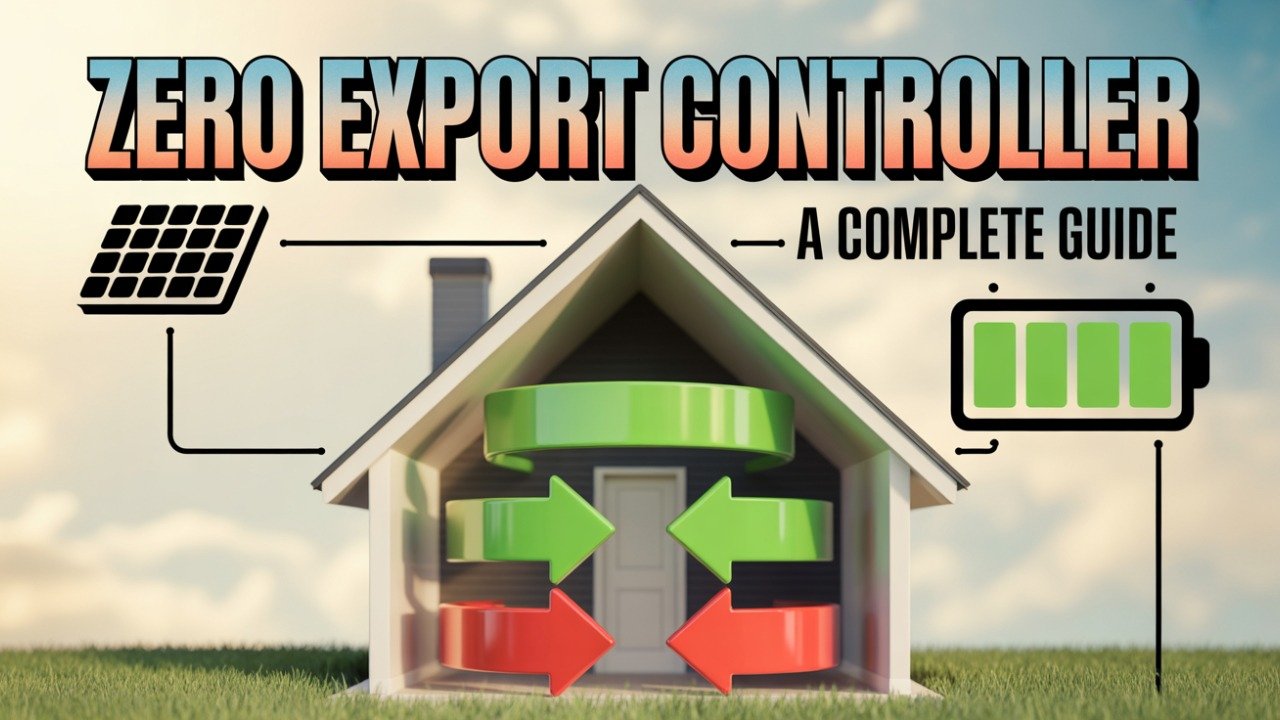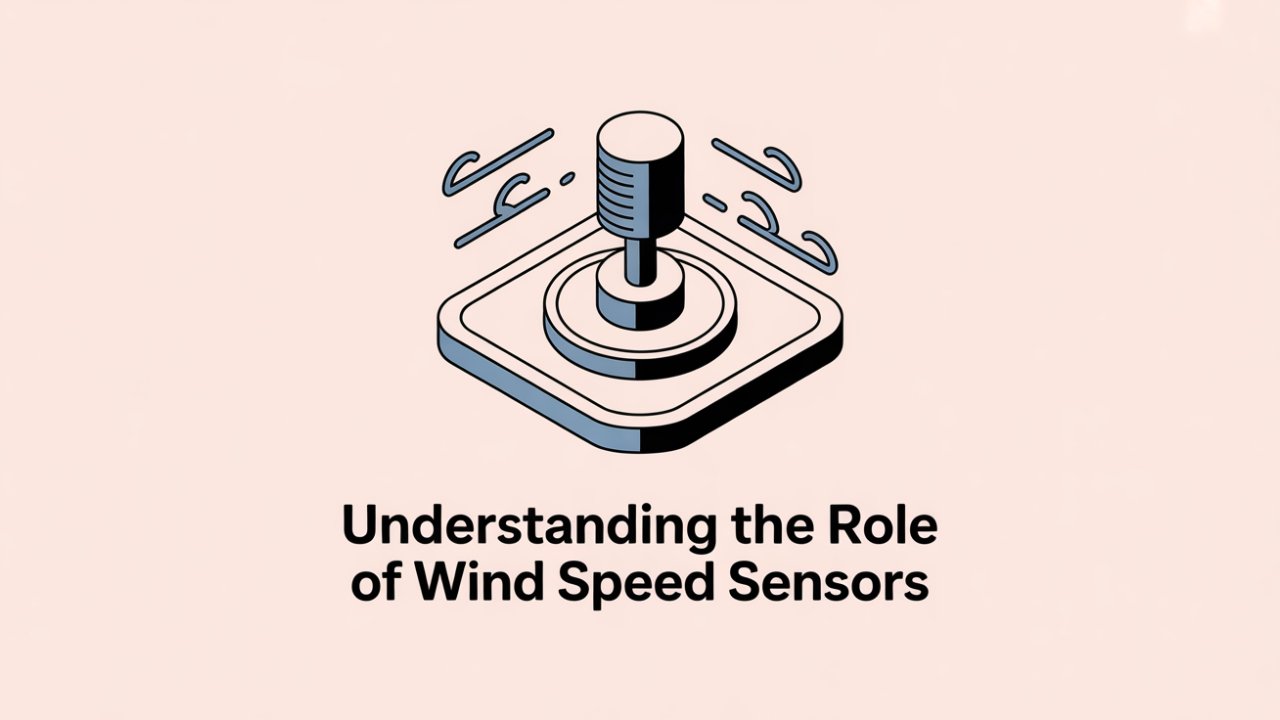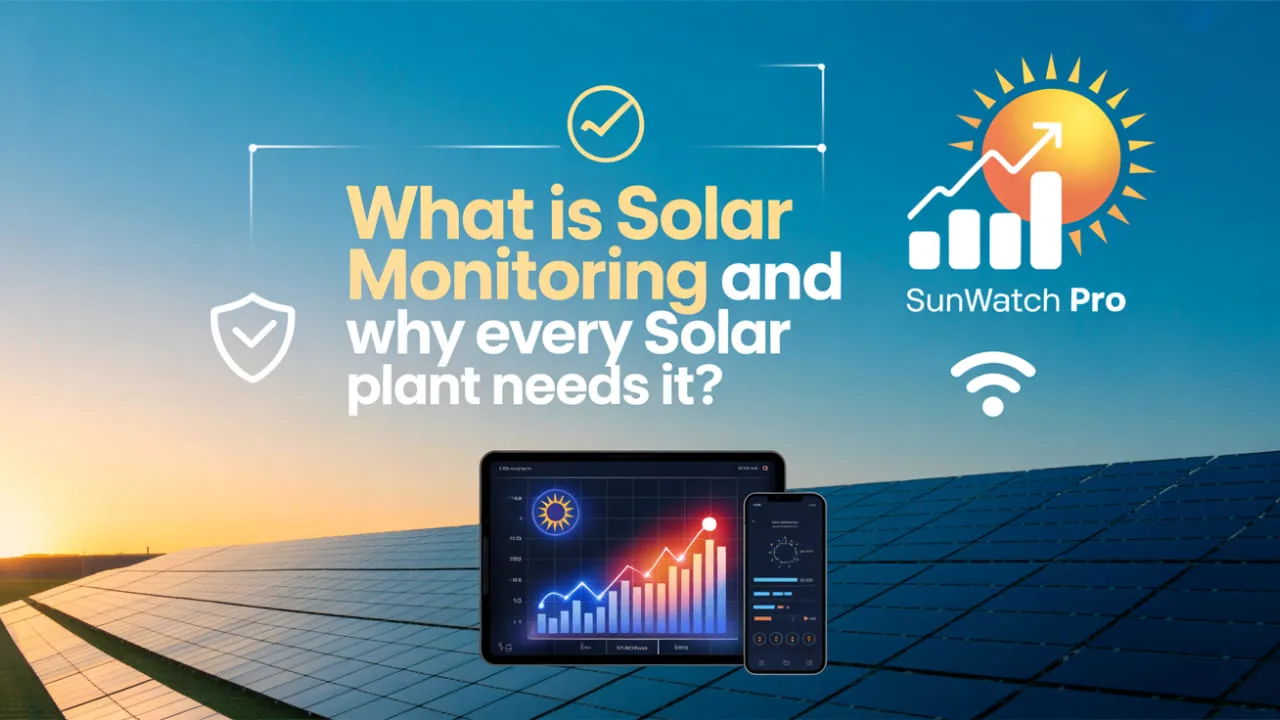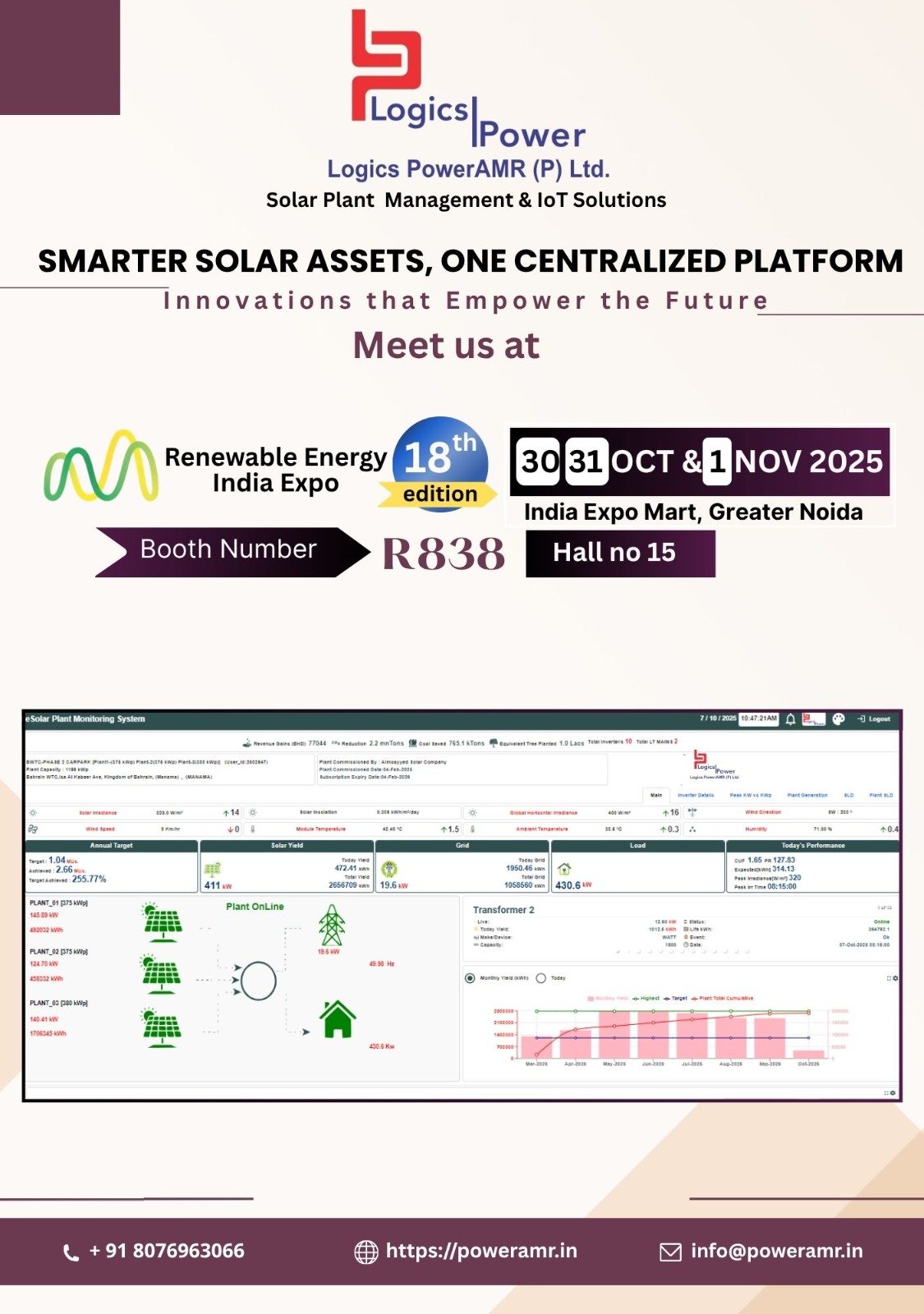14/10/2025
Blogs
5 Signs Your Current Temp Sensor Is Letting You Down (And How to Fix It)
5 Signs Your Current Temp Sensor Is Letting You Down (And How to Fix It)
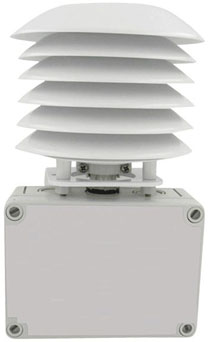
Accurate temperature sensing plays an essential role across several industries, whether it’s energy distribution, food and beverage production, e-commerce warehousing, oil and gas, or even solar power. A reliable ambient temperature sensor helps maintain safety, quality, along with operational efficiency.
Whenever sensors underperform, the impact can go unnoticed until costly problems arise. From erratic readings to poor integration, your module temperature sensor might be sending warning signs. In this blog, we’ll explore 5 key signs your current sensor is failing short and how to upgrade it for better results.
Sign 1: Erratic Readings Despite Stable Conditions
If the temperature readings keep fluctuating, even when the environment is stable, then it’s a clear sign that something is wrong. It can lead to incorrect decisions and affect system performance. Here, most common reasons include sensor drift over time, or even electromagnetic interference (EMI) from nearby equipment. If you leave it unaddressed, these issues compromise both accuracy as well as reliability.
Possible causes:
-
Sensors drift because of aging or poor build quality.
-
Electronicmagnetic interference from nearby devices.
-
Lack of calibration regularly.
Fix:
You can upgrade to industrial-grade sensors with factory calibration, along with EMI protection for consistent and stable readings.
Sign 2: Slow Response Time to Temperature Changes
Whenever your sensors take too long to respond to a change in temperature, it could be putting sensitive environments at risk. In various industries, like HVAC, food storage, and pharmaceuticals, even slight delays can really impact quality, safety along with system efficiency. A slow sensor won’t alert you quickly enough to temperature spike or even drops, making real-time control nearly impossible.
Common issues caused by slow response:
-
Inefficient cooling/heating cycles in HVAC systems
-
Compromised freshness in cold storage units
-
Safety risks in pharma temperature-controlled environments
Fix:
Always choose sensors with a fast response time, ideally under 5 seconds for quick, accurate detection of temperature changes.
Sign 3: Frequent Downtime or Signal Drops
Uninterrupted downtime as well as signal interruptions could negatively impact temperature monitoring, especially in outdoor or remote locations. These issues often result in missing essential data or facing delayed response during system faults. If we come to common reasons for this sign, it can include weaker connectivity, interference, or sometimes exposure to moisture and dust, which can compromise the sensor’s performance over time.
Typical causes in the field:
-
Weather-related damage to sensor components
-
Unstable wireless signals in distant locations
-
Low build quality leading to frequent disconnections
Fix:
Opt for sensors that are built for durability, with reliable connectivity along with weatherproof enclosures design for a challenging environment.
Sign 4: Poor Integration with Monitoring Systems
A temperature sensor that doesn’t communicate well with your existing system adds more hassle than help. Many legacy sensors struggle in order to integrate with modern platforms, which leads to patchy data, manual workarounds, or even complete disconnects. Seamless integration is key for centralized monitoring along with automation, especially in industrial and multi-site operations.
Common integration challenges:
-
It will face incompatibility with modern dashboards, or even SCADA systems.
-
Lack of data export options or real-time syncing
-
There will be manual configuration required for older protocols.
Fix:
Choose IoT-ready sensors that truly support Modbus, LoRa, or other widely used communication protocols for easy plug-and-play integration.
Sign 5: High Maintenance or Short Lifespan
Constantly needing to recalibrate or replace your temperature sensors could be a sign of poor build quality or even outdated technology. High-maintenance sensors not only add to operational costs but also increase the risk of downtime. For industries that actually depend on long-term stability, reliability must never be compromised.
Signs your sensor may be wearing out:
-
Frequent recalibration is required in order to maintain accuracy.
-
Unexpected replacements disrupting operations
-
Shorter operational life, especially in demanding environments.
Fix:
Look for sensors with higher MTBF (Mean Time Between Failures) and built-in self-diagnostics in order to reduce manual checks and extend lifespan.
Conclusion
When it comes to ambient temperature sensors, it’s more than just a data point. Over and above that, it’s a safeguard for systems, products along with operations. Whether you’re dealing with erratic readings, poor integration, or even frequent maintenance, you can’t ignore these warning signs, as these can lead to costly disruptions.
Upgrading to a smart, industrial-grade sensor can solve these issues and give you more control, accuracy, along with peace of mind. Logic PowerAMR offers advanced sensors that are designed for performance, durability, as well as seamless connectivity.
Explore Logic PowerAMR’s ambient sensors with 24/7 support and signal loss, built for industries seeking affordability and functionality.
10/10/2025
03/10/2025
08/09/2025
18/08/2025


